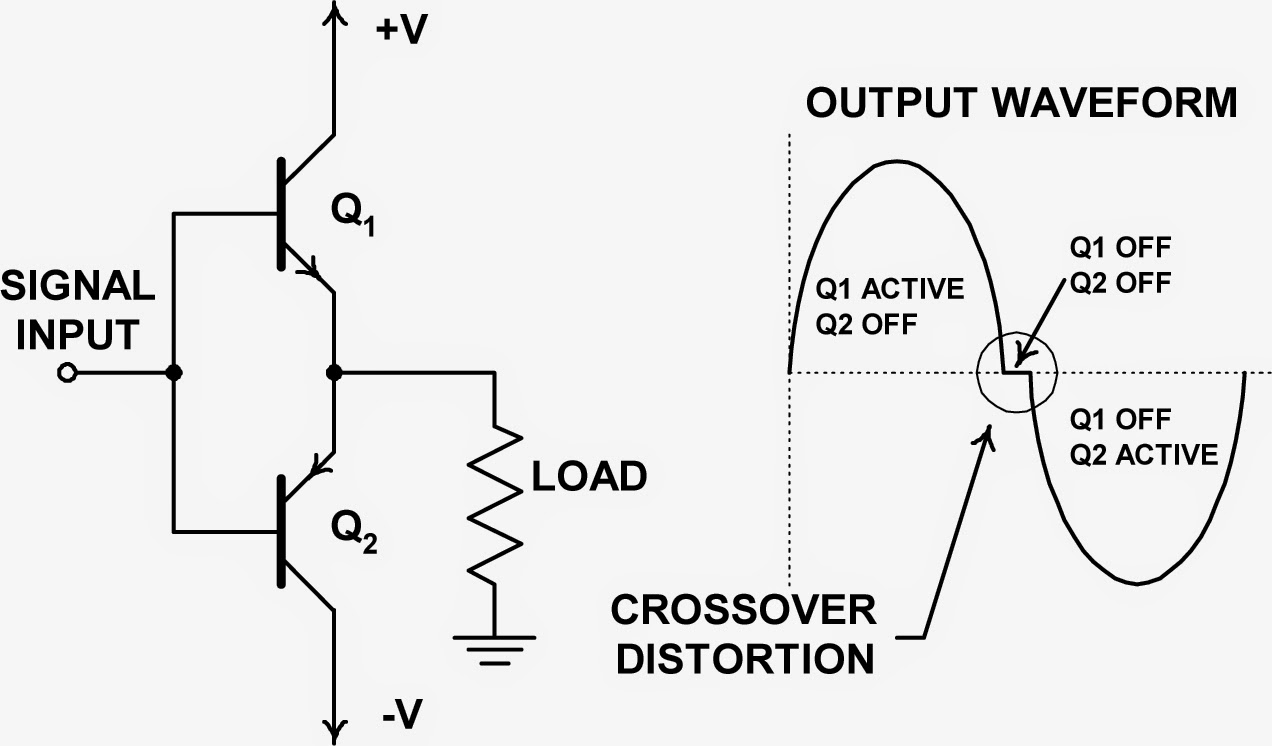 |
| Figure 1: An oscilloscope such as Teledyne LeCroy's HDO6054-MS serves a very broad range of applications |
You need to test, we're here to help.
You need to test, we're here to help.
27 March 2015
Oscilloscope Basics: Choosing an Oscilloscope
20 March 2015
Using Histograms (Part III)
 |
| Figure 1: A simplified view of a push-pull amplifier showing the source of crossover distortion |
12 March 2015
The History of Jitter (Part II)
 |
| Figure 1: An example of using histograms to plot the statistical distribution of edge arrival times |
05 March 2015
The History of Jitter
 |
| Figure 1: The story of jitter spans 45-baud telegraph machines to 160-Gbaud optical fiber |
Subscribe to:
Comments (Atom)